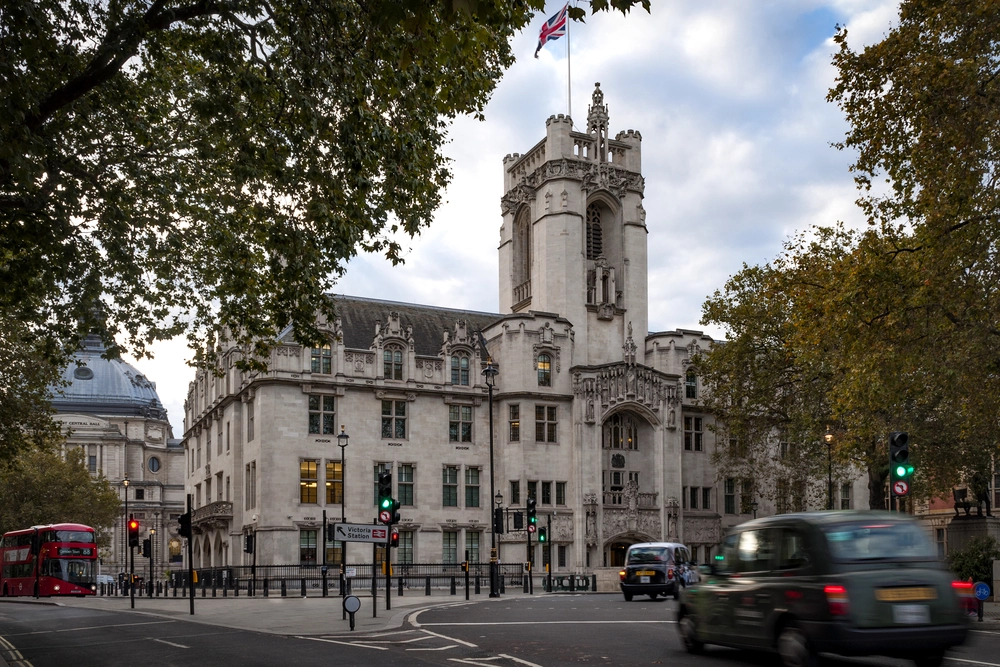
The concept of associative discrimination, which occurs when an individual is discriminated against because of the protected characteristic of another person which the victim does not possess, is a relatively new development in discrimination law. Until recently, it was thought that the concept of associative discrimination would only apply in claims for direct discrimination and harassment. However, two recent cases have found that it can also apply to indirect discrimination and victimisation claims potentially opening the door for individuals without a protected characteristic themselves to bring more discrimination claims.
Background
Prior to the introduction of the Equality Act 2010 ("Equality Act") it was often unclear whether a discrimination claim had to be based on the victim's own, actual protected characteristic as opposed to the protected characteristic of another. The ECJ ruled in the case of Coleman v Attridge Law that, under European law, it is not necessary for an employee to be disabled in order to bring a direct disability discrimination claim and that an individual (such as the carer of a disabled person) could bring a claim based on someone else's disability. To give effect to this ruling, the UK courts decided that the relevant disability discrimination legislation at the time could be read to prohibit "associative" discrimination.
The Equality Act now provides that direct discrimination claims based on association (and perception) can be brought in respect of all protected characteristics (apart from marriage and civil partnership). Treatment can be "because of" a protected characteristic. This includes when the victim is perceived to have that characteristic or because of the characteristic of another person, such as someone with whom the claimant associates.
Indirect discrimination claims by association?
A recent European case (CHEZ Razpredelenie Bulgaria) has extended the concept of associative discrimination into the area of indirect discrimination. Although the decision relates to the supply of goods and services under the Race Directive, it has far-reaching implications for discrimination in an employment context.
The case related to a shopowner, Mrs N, who ran a shop in an area of Bulgaria predominantly populated by Roma, although Mrs N was not Roma herself. CRB was an electricity supplier in the area that had fixed electricity meters showing customers their usage. The meters were fixed approximately 6 meters up the electricity poles where Mrs N lived although the meters were fitted at a lower height of 1.7 meters in other areas. The fixing at a higher height in Mrs N's area was due to the frequency of tampering with meters and unlawful connections in those areas. Mrs N argued that due to the height of the meter she could not read or check her readings. She also argued that her bills were excessive compared to other areas. Mrs N claimed discrimination on grounds of "nationality" although the Bulgarian commission considered that it was her "ethnicity" on the basis she identified with the Roma group (even though she was not Roma herself).
One of the key questions raised by the case was whether, despite not being of Roma origin, Mrs N was able to bring a claim of indirect discrimination? The ECJ held that a person may claim indirect discrimination even though they do not possess the protected characteristic which had given rise to the discriminatory practice in question. For the purposes of an indirect discrimination claim it is enough that the person suffers alongside those who possess the protected characteristic, provided the treatment stems from a measure based on that protected characteristic (in this case both Mrs N and members of the Roma ethnic group were disadvantaged by the height of the meters due to the amount of Roma in that area).
This judgement may have significant implications for indirect discrimination law in the UK, as section 19 of the Equality Act, which defines indirect discrimination, is drafted more restrictively than the Race Directive and does not provide for associative indirect discrimination. Section 19 requires an individual to establish that the provision, criteria or practice (PCP) creates a group disadvantage based on a protected characteristic that they themselves possess (for example, by showing that the PCP has a disproportionate impact on members of their own racial group). This conflicts with the ECJ's decision in CHEZ and could, given the similar wording in other European discrimination legislation, lead to challenges by individuals in the UK claiming indirect discrimination by association arguing that the UK legislation should be read in line with the EU position. This could apply to other types of discrimination too. For example, a man could potentially try and claim associative indirect discrimination on the grounds of sex if his request to work part time was refused. Although it is commonly accepted that a refusal to allow part time working disadvantages women as a group, he could argue that he is "suffering alongside" this group following the CHEZ case. Similarly, notwithstanding the recent case law on whether obesity is a disability, the CHEZ case could potentially open the door to an obese individual to claim that they are suffering alongside disabled employees as a result of a PCP put in place by their employer.
Victimisation by association?
In the case of Thompson v London Central Bus Company Ltd the EAT considered whether associative discrimination can apply where an individual claims that they are victimised based on protected acts performed by another.
In the case, Mr T (a bus driver) was dismissed for giving his high visibility vest to another employee. Although the dismissal was overturned on an internal appeal, Mr T brought proceedings for victimisation based on the protected acts of others. He claimed that he had told his employer's management about a conversation that he had overheard in which it had been suggested that his employer was targeting employees who alleged it was in breach of the Equality Act. He argued that, as a result, his employer associated him with the protected acts of others and this led to the disciplinary action being taken.
At a first preliminary hearing a tribunal found that such a claim could technically not be brought as it was not expressly provided for in the Equality Act (which requires the "protected act" to be done by the person suffering the detriment). However, it was decided that it was necessary to read the Equality Act as allowing such a claim to be brought to ensure compliance with EU law. A subsequent hearing found otherwise, though, and struck the claim out as it considered that the link or association between Mr T and the individuals who performed the protected acts was too tenuous. Mr T appealed and argued that he was "associated" with those who had performed the protected acts, as they were all members of the same union.
On appeal the EAT found that the tribunal should not have conducted an analysis of the degree of association but should have considered whether the employer subjected the claimant to a detriment by reason of the protected acts of others. Consequently the claim was incorrectly struck out. It has been remitted to another tribunal so whether the claim will be allowed to proceed remains to be seen. The original decision, as a first instance decision, is not binding on other tribunals. However, if the tribunal subsequently decides that victimisation claims can be brought based on the protected acts of third parties this will be a change in law and will extend the scope of associative discrimination further.
What does this mean in practice?
These decisions suggest a willingness by the courts to extend the scope of associative discrimination. Also, when looking at the European legislation (from which the UK law derives) there is nothing that suggests that a person not possessing the relevant characteristic should be precluded from bringing such a claim.
It appears likely that further cases will follow in which claimants seek to rely on associative discrimination to bring claims. In the case of indirect discrimination, employers will have to think more carefully about the impact of any PCPs in relation to those that may be affected including those that don't actually possess a disadvantaged protected characteristic themselves. Ultimately, if a PCP is identified and the courts accept this developing scope of associative discrimination, then whether a claim succeeds may come down to whether there is an objective justification in place. Contemporaneous evidence which shows that employers have considered any potential disadvantage (to both those with and without the relevant protected characteristic) but felt that it could be justified would assist in defending any subsequent claims.
In relation to victimisation claims, the Thompson case shows that the link which the courts may be willing to consider between the individuals who perform the protected act and the victim is not the key issue and it does not need to be particularly close. Being a member of the trade union potentially sufficed and the tribunal suggested that any link between could exist solely in the mind of the employer. Employers should therefore not use disciplinary action as a response to concerns and issues being raised, whether by the individual or others associated with them, as this could lead to claims.
Finally, the extension to associative discrimination will have the effect of widening the group of potential claimants who can bring discrimination claims. This may be used tactically by some employees and claimants, for example as a method of bringing or threatening a claim when the employee has less than two years' service or to remove the cap on compensation when the claimant is not in a protected group himself.
Although these potential changes are recent and require words to be read into the Equality Act, the courts have shown an increased willingness to do this in other areas. Consequently, employers need to "watch this space" and should not automatically disregard allegations of associative discrimination, even in seemingly spurious claims but should, instead, seek advice on how to deal with these issues when they arise.
For more information on this developing area of law or to discuss how it applies to an issue in practice, the employment team at Foot Anstey.











